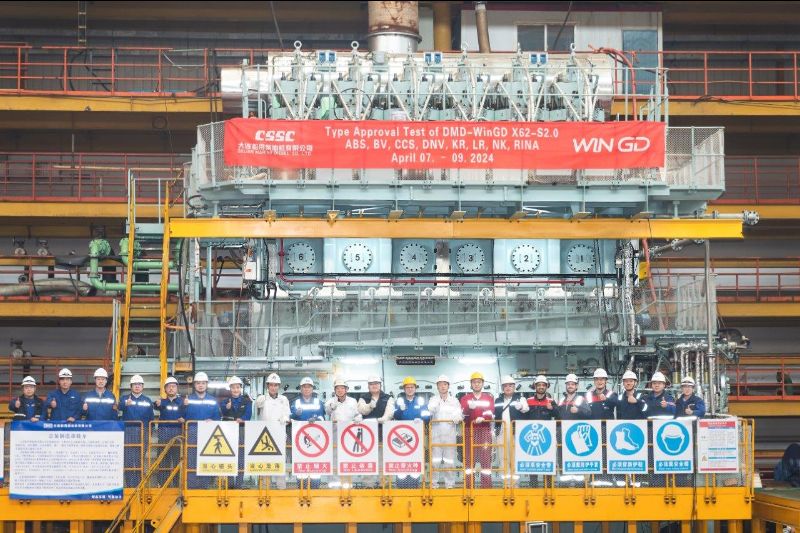Isolation and Containment Of Class B Fires, Assets and Deficits – 3 of 4
Isolation
As we all well know, fire containment is essential. The following isolations should be considered:
Electrical isolation: Electricity can be a catalyst for combustion. It can also be the cause of a casualty. Your goal should be Total Electrical Isolation.
Mechanical isolation: What other sources can feed the triangle? All fuels, oils, and air supplies must be isolated.
Boundaries: These are made up of Primary and Secondary boundaries, for obvious reasons. The immediate bulkheads around all six sides of the space should make up the primary boundary. The next area (surrounding the primary boundary) is the secondary. The word should be passed throughout the rig exactly where and what these are. There’s a lot going on after the bells wring and everyone should know the status of the fire at any given time.
 Smoke control: The area between the primary and secondary boundaries is the buffer zone. This is where any smoke from the primary boundary is contained. Using your assets and deficits, you can look at the installed ventilation systems surrounding the space to keep the smoke where you want it. If you have to break these boundaries to pass hoses and equipment through, consider using “smoke curtains.” These can be either flame retardant canvas or welding blankets clipped around the knife edge of the doorway using large spring clips (They look similar to large alligator clips or the ends of jumper cables). Boundary setters can control access through these curtains, to maintain smoke integrity.
Smoke control: The area between the primary and secondary boundaries is the buffer zone. This is where any smoke from the primary boundary is contained. Using your assets and deficits, you can look at the installed ventilation systems surrounding the space to keep the smoke where you want it. If you have to break these boundaries to pass hoses and equipment through, consider using “smoke curtains.” These can be either flame retardant canvas or welding blankets clipped around the knife edge of the doorway using large spring clips (They look similar to large alligator clips or the ends of jumper cables). Boundary setters can control access through these curtains, to maintain smoke integrity.
Now that we’ve determined the means of fire containment, how do you accomplish this? Boundary setters are an essential asset in this case.
What do you need in order for a primary boundary to be set? The very minimum is two people and a charged hose (Charged to fill the hose, then the water is shut off at the plug, leaving a semi-pressurized hose filled with water.) Both boundary setters are constantly inspecting the area for hot spots, leaving the hose on deck nearby. If a hot spot is discovered, sprinkle the area, recharge the hose, isolate the plug and continue searching the area.
Secondary boundaries are set by flaking out a hose to the bulkhead and leaving it uncharged. The bottom line is that you don’t need six or seven people in one area to maintain a primary boundary. By using your assets properly, those six people can become three boundary teams.
Electrical isolation should be accomplished, naturally by an electrician. Mechanical isolation should be done by a mechanic or junior engineer. It couldn’t hurt to have isolation lists for every major space. Yes, this is time consuming to create, but can save valuable time during an actual fire (Assets and deficits).
OK, you have mechanical isolation set. Your primary and secondary fire boundaries are set. You’ve also passed the word throughout the ship as such. If we have (let’s say) twelve spaces around the effected space, do I have twelve radios for these boundary -men? The answer is probably, no. Besides, even if you did, do you want that many people trying to communicate on the same channel? What are my assets?
One possible answer is the use of investigators. Two people, dressed out with a radio will move throughout the surrounding spaces to ensure that the boundary integrity is maintained and that there is no apparent damage to the surrounding areas. I would recommend an electrical type and a mechanical type person. They continuously rove and have air packs in case they have to access the smoke buffer zone.
Remember: Think how you would Isolate and Contain fire aboard your ship. Think about your assets and deficits, then tune in for the final installment of this story: “The Fire Team”
This series was written by Timothy Ciciora, Command Master Chief USN, Retired, Atlantic Beach, Florida, author of short stories, including “The Homecoming,” the opening selection in the Marlo Thomas best selling collection, The Right Words at the Right Time – Volume 2.

Subscribe for Daily Maritime Insights
Sign up for gCaptain’s newsletter and never miss an update
— trusted by our 109,125 members

Get The Industry’s Go-To News
Subscribe to gCaptain Daily and stay informed with the latest global maritime and offshore news

 Join The Club
Join The Club









